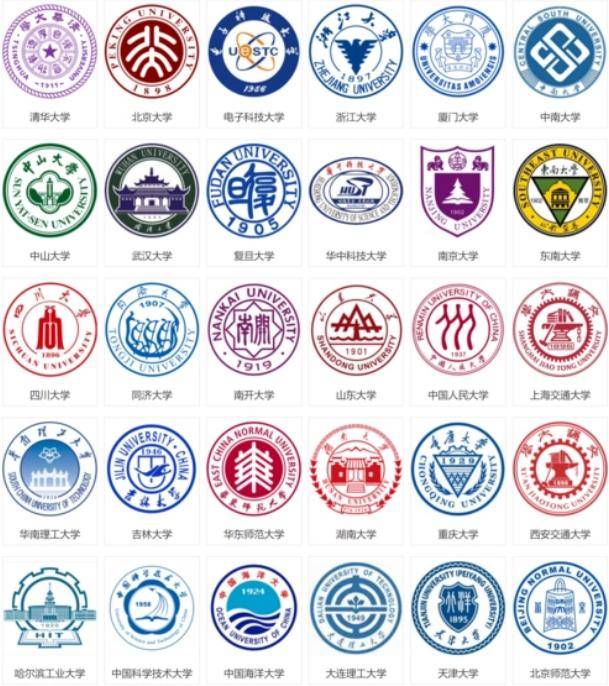Below is an official‑sourced, concise guide to Project 211, Project 985, and the C9 League, plus how these historical labels relate to today’s Double First Class initiative and what they mean for international applicants.
Project 211 — what it is and why it mattered
Definition and goal: Project 211 was launched to build about 100 universities and a number of key disciplines to meet national needs entering the 21st century. It focused on strengthening key disciplines, improving infrastructure and building public service systems for higher education (MOE page).
Origin and timeline: Approved in 1995 and implemented through successive phases with central and local funding (MOE timeline).
Practical note: “211” became a shorthand for centrally supported universities signaling stronger resources and higher profile inside China.
Project 985 — a smaller, higher‑priority program
Definition and goal: Initiated in 1998 as a targeted program to build world‑class research universities in China (official 985 list).
Official list and status: The Ministry of Education published the approved 985 universities list; fewer institutions than 211, with larger, prioritized investments (MOE 985 list).
Practical note: “985” is a prestige marker; many top research universities belonged to 985.
C9 League — an elite university alliance
What C9 is: An alliance of nine leading Chinese research universities cooperating on exchange and joint activities; often compared to the Ivy League for branding (C9 overview; C9 site).
Members: Peking University, Tsinghua University, Fudan University, Shanghai Jiao Tong University, Zhejiang University, University of Science and Technology of China (USTC), Nanjing University, Harbin Institute of Technology (HIT), and Xi’an Jiaotong University (member list).
Relation to 985/211: All C9 members were in 985 and 211; C9 is essentially a subset as an elite consortium.
How these labels relate today
Historical vs current policy: 211 and 985 were core programs in the 1990s–2000s. Since 2015, policy shifted to Double First Class (World‑Class Universities and Disciplines) as the current framework (MOE press; lists).
Are 211/985 still “official”? They are historical labels but remain widely used in society and hiring; Double First Class is the current official program.
Double First Class: Current lists designate universities and disciplines for targeted support; many former 985/211 universities appear on those lists (DFC information).
Why this matters for applicants
Admissions and reputation: Former 985/211 universities usually have stronger research profiles and more competitive admissions.
Practical advice: Don’t over‑index on labels. Evaluate department strength, faculty/supervisors, research output and program fit — not just the historical label. Many strong programs exist outside 211/985; program fit affects scholarships, supervisor support and career outcomes.
Quick FAQ
Are 211 and 985 the same? No. 211 covered ~100 universities; 985 targeted a smaller top set (211; 985).
Is C9 a government project? No. It’s an alliance, not a funding project.
Do labels determine quality? They signal past investment/reputation; current policy emphasizes Double First Class (MOE).
Short conclusion
211 and 985 were foundational state projects that shaped modern Chinese higher education; C9 is an elite alliance of nine top universities. Today the Double First Class initiative is the main national framework for world‑class universities and disciplines, but 211, 985 and C9 continue to be widely used labels in education, media and public perception.
Sources
- MOE 211 description and timeline: moe.gov.cn
- MOE 985 list: moe.gov.cn
- C9 League overview: Wikipedia; official site: c9league.com
- Double First Class context: MOE Press; lists: moe.gov.cn
- Additional MOE references on 211/985 legacy: moe.gov.cn
